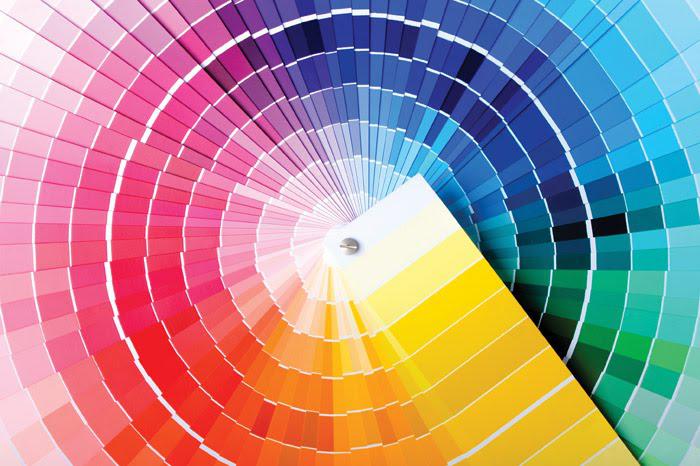Website designed with the B12 website builder. Create your own website today.
Start for free

Color therapy, also known as chromotherapy, significantly impacts the aesthetic value of a Vastu or house. It is a vibrational healing method that utilizes elements like plants, gemstones, crystals, water, sunlight, and sound. In practical terms, color therapy involves applying light and specific colors as tools, visualizations, or verbal suggestions to balance energy in areas of the Vastu that lack vibrancy—whether physically, emotionally, spiritually, or mentally.
Colors, as visible forms of electromagnetic energy, hold unique healing properties.Historically, colors have deep connections dating back to ancient civilizations like Mohenjodaro. Scientifically, colors evoke emotional reactions in individuals, varying from person to person. Our attraction to specific colors often reveals areas where we are imbalanced. Understanding why certain colors resonate with us while others evoke negativity helps us choose suitable color patterns for our homes.
Consider this: Just as a well-cooked recipe requires carefully balanced ingredients, a home without proper color combinations feels incomplete. Imagine hosting a party—now shift that excitement to your house. Picture “Merawala Pink” in your bedroom, “Steamy Red” in the living room, or “Elegant Blue” in the drawing room. These vibrant hues infuse life into your living spaces, leaving lasting memories.Let color be your canvas, painting joy and harmony throughout your Vastu.
Listening to Your Inner Voice: The Power of ColorRegardless of whether a color suits you or not, your inner voice often guides you toward the right choice. Ignoring this intuitive feeling can lead to distress. Let’s explore this further:
Remember, our instincts often hold valuable insights. Pay attention to those subtle nudges—they might just lead you to the perfect color for the moment.
Absolutely! Colors hold immense significance beyond mere aesthetics—they influence our emotions, behavior, and even health. Let’s delve into the fascinating world of color psychology:
Remember, context matters! Choose colors based on the occasion, your goals, and how you want to feel. And yes, our color workshop will delve deeper into these meanings, helping you make intentional choices.
Absolutely! Colors hold a fascinating duality—they can evoke positive or negative feelings based on context and individual experiences. Let’s explore some of these color attributes further:
Blue:
Red:
Orange:
Green:
Remember, moderation and balance are key. Each color has its role, and understanding their impact allows us to use them intentionally for our well-being.
Absolutely! The impact of color on our well-being is truly remarkable. Let’s explore it further:
Remember, life is more beautiful when seen through a colorful lens!
Absolutely! Understanding the colors of your aura can indeed provide valuable insights into your energy and well-being. Let’s explore this further:Aura Colors: Your aura is an energy field that surrounds you. It consists of different layers, each associated with specific colors. These colors reflect your emotional, mental, and spiritual state. For example:
Color Therapy: Balancing energy where it’s lacking is essential. Color therapy involves using specific colors to address imbalances. Whether through visualization, clothing choices, or surrounding yourself with certain hues, color therapy can enhance well-being.Clothing and Personality: The colors you wear matter. They impact your mood and how others perceive you. Consider:
Occasion-Specific Colors: Pairing occasion-specific colors with your personal style can enhance your overall presence. Imagine the impact of wearing a vibrant red for a powerful presentation or calming blue for a social event.
